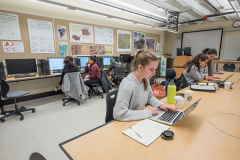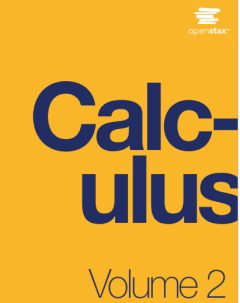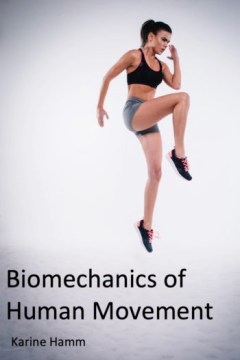Filter by

Nature, nurture and chance : the lives of Frank and Charles Fenner
Frank Fenner’s life, as it unfolds in these pages, marks a significant piece of thehistory of Australian science. His chapters are studded with the names of manyof the major players in pathology, microbiology and the rising field of virologywith whose lives he interconnected, and his mode of inserting boxed informationon these participants throughout his text provides valuable biograp…
- Edition
- -
- ISBN/ISSN
- 1 920942 63 7
- Collation
- -
- Series Title
- -
- Call Number
- 579.092 FEN n

The Naturalist and his ‘Beautiful Islands’ : Charles Morris Woodford in t…
‘I know no place where firm and paternal government would sooner produce beneficial results then in the Solomons … Here is an object worthy indeed the devotion of one’s life’. Charles Morris Woodford devoted his working life to pursuing this dream, becoming the first British Resident Commissioner in 1897 and remaining in office until 1915, establishing the colonial state almost singl…
- Edition
- -
- ISBN/ISSN
- 9781925022025
- Collation
- -
- Series Title
- -
- Call Number
- 577.099 593 LAW n

Maverick Mathematician : The Life and Science of J.E. Moyal
There is currently a recognition of the importance of the stories ofindividual scientists (outside the pantheon of giants and leading disciplinefigures) in building the history of science. Such individuals are uniquemen and women of outstanding ability, drawn from different countriesand backgrounds, some of whose personal trajectories may move outsidethe practices and paradigms o…
- Edition
- -
- ISBN/ISSN
- 1 920942 59 9
- Collation
- -
- Series Title
- -
- Call Number
- 510.92 MOY m

Intersections : History, Memory and Discipline
The present book comprises a selection of these shorter pieces, but it is a selection of a selection. Many of Lal’s journal articles on the indenture system in Fiji have already been republished within single covers (Chalo Jahaji: On a journey through indenture in Fiji, 2000; reissued 2006) and his more creative writings (‘faction’) have appeared in a number of volumes, beginning with Mr …
- Edition
- -
- ISBN/ISSN
- 9781922144386
- Collation
- -
- Series Title
- -
- Call Number
- 591.53 LAL i

Calculus in Context
We believe that calculus can be for students what it was for Euler and the Bernoullis: a language and a tool for exploring the whole fabric of science.
- Edition
- -
- ISBN/ISSN
- -
- Collation
- -
- Series Title
- -
- Call Number
- 515

Calculus Volume 3
Calculus is designed for the typical two- or three-semester general calculus course, incorporating innovative features to enhance student learning.
- Edition
- -
- ISBN/ISSN
- -
- Collation
- -
- Series Title
- -
- Call Number
- 515

Calculus Volume 2
Calculus is designed for the typical two- or three-semester general calculus course, incorporating innovative features to enhance student learning.
- Edition
- -
- ISBN/ISSN
- -
- Collation
- -
- Series Title
- -
- Call Number
- 515

Calculus Volume 1
Calculus is designed for the typical two- or three-semester general calculus course, incorporating innovative features to enhance student learning.
- Edition
- -
- ISBN/ISSN
- -
- Collation
- -
- Series Title
- -
- Call Number
- 515

Biomechanics of Human Movement
This is a custom textbook catered to the needs of kinesiology students enrolled in a first-year biomechanics course. It has been modified from OpenStax College Physics and Anatomy and Physiology.
- Edition
- -
- ISBN/ISSN
- -
- Collation
- -
- Series Title
- -
- Call Number
- 571.43

Biology 2E
Biology 2e is designed to cover the scope and sequence requirements of a typical two-semester biology course for science majors.
- Edition
- -
- ISBN/ISSN
- -
- Collation
- -
- Series Title
- -
- Call Number
- 570
 Computer Science, Information & General Works
Computer Science, Information & General Works  Philosophy & Psychology
Philosophy & Psychology  Religion
Religion  Social Sciences
Social Sciences  Language
Language  Pure Science
Pure Science  Applied Sciences
Applied Sciences  Art & Recreation
Art & Recreation  Literature
Literature  History & Geography
History & Geography